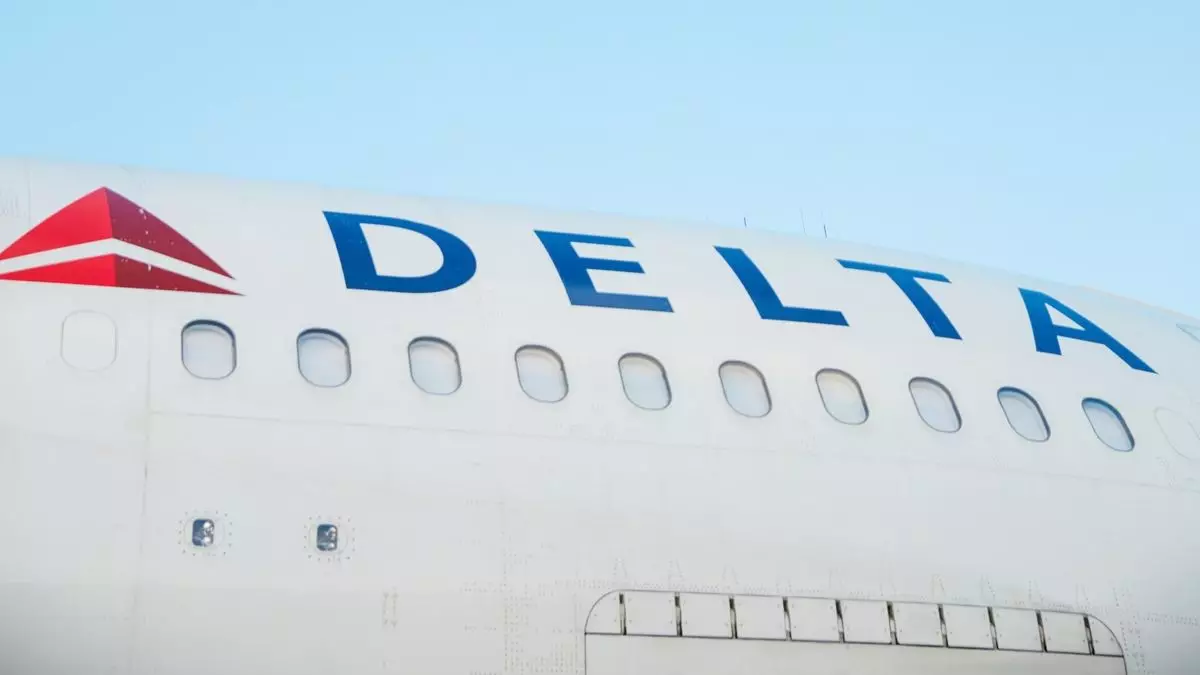In July, Delta Airlines experienced a significant increase in flight cancellations, reaching a rate of 5.28% compared to just 0.8% in June. This drastic change was attributed to the slow recovery from the CrowdStrike outage that occurred on July 19th. With nearly 6,500 flights canceled in the five days following the outage, Delta found itself at the bottom of the U.S. airline industry in terms of operational disruptions.
When compared to other major U.S. airlines, Delta’s performance was particularly concerning. United Airlines, which also faced challenges due to the CrowdStrike outage, had the second-highest cancellation rate at 3.4%. In contrast, Southwest Airlines, unaffected by the outage, led the pack with a cancellation rate of just 0.57%. These discrepancies highlight the varying impacts of external factors on different airlines within the industry.
Despite the high cancellation rates, United and Delta managed to maintain relatively strong on-time performance for the flights that did operate. United achieved an on-time rate of 73.12%, placing second in North America, followed by Delta at 72.36%. On the other end of the spectrum, Spirit Airlines and WestJet struggled with on-time performance, with rates of 65.19% and 60.85%, respectively. These figures underscore the challenges faced by airlines in balancing operational efficiency during unpredictable events.
The software update failure at CrowdStrike had a significant impact on airlines reliant on Microsoft Windows systems, such as Delta. This vulnerability led to widespread flight delays and cancellations across the industry, with a 98% increase in the flight delay count between June and July among the ten North American airlines tracked by Cirium. Alaska Airlines emerged as the most punctual carrier, boasting an on-time rate of 77.51%. However, the overall increase in disruptions during this period shed light on the vulnerabilities exposed by external cyber incidents.
The July operational disruptions faced by U.S. airlines serve as a stark reminder of the interconnectedness of technology and aviation. Moving forward, airlines must prioritize resilience and contingency planning to mitigate the impact of similar incidents. By investing in robust IT infrastructure and response mechanisms, airlines can better weather unforeseen disruptions and maintain operational excellence in the face of adversity.


Leave a Reply